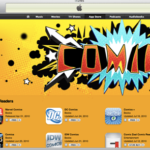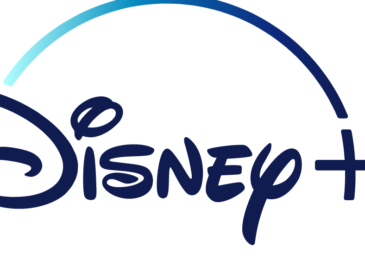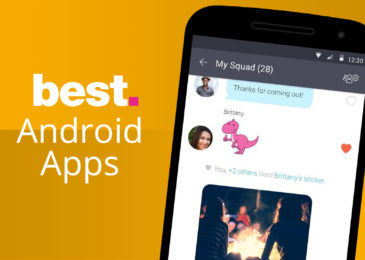More and more consumers are turning to mobile apps for an ever-broadening array of products and services, including transportation, food and liquor delivery, household cleaners, and more. Consumers expect services and goods to be at their fingertips, and the biggest disruptors to the retail status quo meet those expectations. However, there are still a number of obstacles facing retailers trying to break into m-commerce, including credibility and ease of use.
Credibility
Retail apps simply have to look good and make a great first impression or else they face high defection rates. Consumers judge the reliability of the service and the security of their mobile payments through the app based on the homepage. Security is one of the leading reasons consumers are reluctant to use smartphones to buy goods.
Ease of Use
There are a number of factors that go into an application’s ease of use, beginning with the user experience and user interface. Consumers should find it easy and intuitive to navigate your mobile site and make a purchase. One way to do this as suggested by retail app development experts Clearbridge Mobile is to remove distractions. Ease of use also has to do with minimizing distractions. Don’t overload the viewer with advertisements or lead forms if your main goal is to get them to the checkout line. Leads are great, but purchases are better, so always make sure your customers can complete their purchases as a guest, without providing you with contact information. There are more design ideas for removing barriers and leading consumers to the checkout on the Clearbridge Mobile Blog.
Not sure what distinguishes one mobile app company from the competitors when it comes to m-commerce? You need to strike a balance between innovation and deliverability. The product should be unique enough that it stands shoulders above products jockeying for your audience’s attention, but delivered predictably and on schedule. How is it possible to combine both of these qualities? The collaborative squad-based approach used by app development company Clearbridge Mobile integrates Project Management, Project Strategy, Development, Design, and QA.
Project Management defines the task of building the project from nothing.
Product Strategy creates a schedule and anticipates how end users will find and use the product.
Design is the storyboarding phase, where designs decide on audio and visual features as well as imagine the user experience/user interface. A successful UX will stand out from the competitors, while a good UI is consistent, concise, responsive, and familiar. Striking a balance between the two is the hardest part of the design phase, and distinguishes top designers from the rest.
Development is writing the code that underlies the product. Look for companies that promise to never outsource code, as in-house code is typically cleaner and easier to revisit for updates and maintenance.
QA, concurrent to every facet of the project, thoroughly tests the product. For a retail app, that would mean testing not only for function but for user experience and lead conversion so that it lives up to your company’s goals.
M-commerce is one of the most difficult facets of mobile space in which to succeed. Your business needs a proven, reliable partner to deliver an innovative, beautiful product to the market.






